Genus ABS host open day at the farm of Cavan Johnston
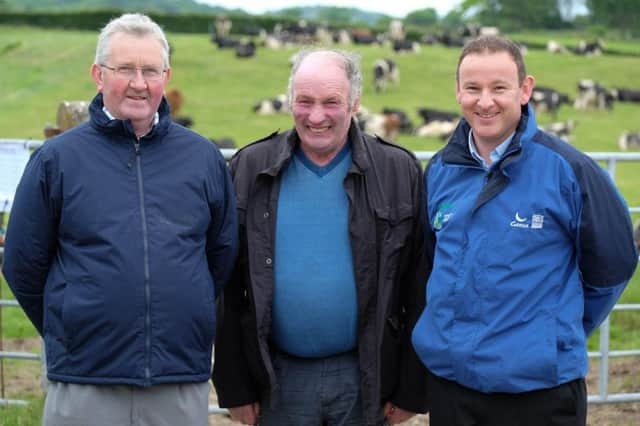

These were the key messages from the speakers at an open day organised by Genus ABS at Cavan Johnston’s farm at Strangford last week.
Andrew Rutter, European Sire Analyst with Genus ABS told the audience of over 100 farmers that one of the ways to control costs is to design a more efficient and profitable cow. He said: “It is important to produce the cows you need for your system. Fortify your decision by using information on your farm’s geography, your future plans and your milk buyer to find the best solution genetically.
Advertisement
Advertisement
“If you wish to alter your management system, or increase your use of forage and, or, grazing, there are different indices available for you to help sort out the bulls that are available. Whatever you plan to do with your herd, be it a true grazing system, or a more intensive unit, right down to just utilising grass better when the opportunity arises, there is an opportunity for you.”
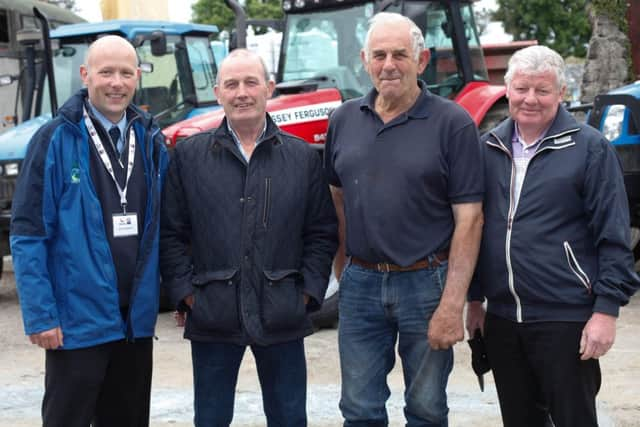

Andrew went on to say that the Friesian is a viable option to consider if farmers wish to markedly change their cows, making them more robust, reducing the size, and giving an injection of fertility, protein and improved bull calves, all of which could suit future needs and requirements
He emphasised: “Whatever you want and need from your herd, there is a genetic solution available to you.”
Huw Lloyd, Director of Genus ABS’ Technical Services stressed that an even quicker way to make improvements in profit margins is through increased fertility. He commented: “Achieving high levels of reproductive efficiency ensuring cows get in calf in a timely manner, irrespective of system type, can help insulate dairy farms from industry volatility.”
Advertisement
Advertisement
Huw explained that there are well-proven benefits to achieving high levels of fertility.
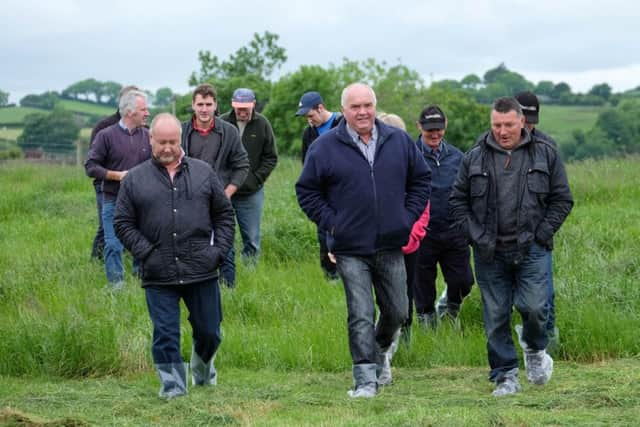

Increased milk income – getting cows in calf more quickly means there is a higher proportion of fresh calved cows in the herd and fewer stale milkers. This has the effect of increasing annual milk production and consequently income.
Better feed efficiency – cows in early lactation used feed more efficiently leading to more cost-effective milk production.
Increased calf crop – more calvings means more calves, which will result in the opportunity for an increased value from calf sales.
Advertisement
Advertisement
More planned culls – with more cows getting in calf, fewer will be sold barren. This means more cows can be selected for culling for management reasons such as production, with less being culled merely because they fail to get in calf. This will help improve the genetic merit and productivity of the herd.
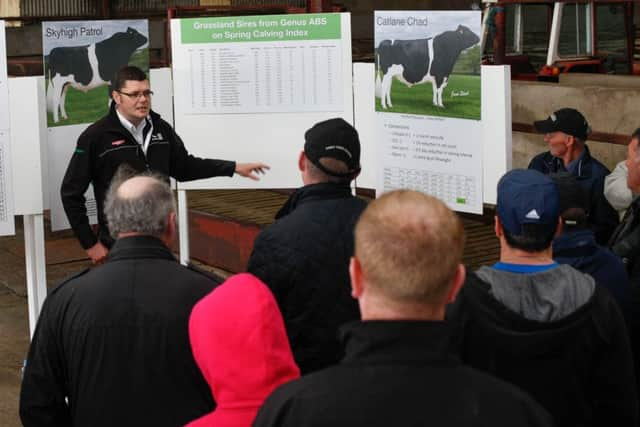

Huw commented: “The key to achieving high levels of fertility are high heat detection rates, optimal conception rates and the timely measurement of success to allow prompt management changes are required. Fertility is best monitored using 21 day pregnancy rate which is calculated as the number of cows pregnant out of the number of cow days eligible to become pregnant in a 21 day period. In so doing it reflects changes in both heat detection and submission rates, both of which are important to understand independently.
“Being time specific it allows proactive decision making to address any fall in performance.”
He emphasised: “Sustained improvements in fertility efficiency are realised 11 months post improvement.”
Advertisement
Advertisement
Conail Keown, Program Manager for Dairylink Ireland outlined the aims of this project and the key areas the farmers within the project are focussing on. These include growing more grass, improving soil fertility, and matching cow genetics to the production system. Measuring to manage is a key feature.
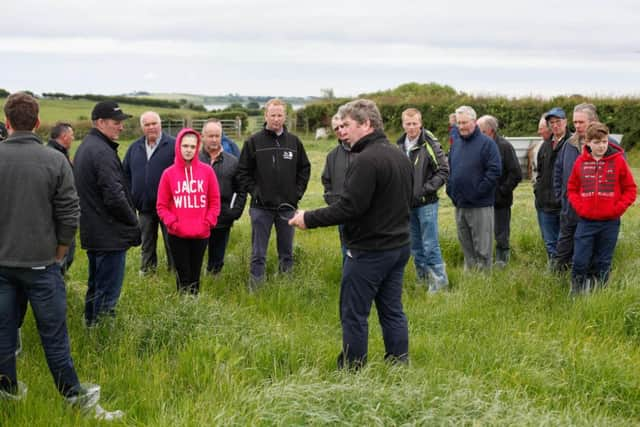

Referring to June grass management on Cavan Johnston’s farm he outlined the basic steps to avoid significant stem in grazing swards, using pre mowing, managing stocking rates, and removing surplus grass from the grazing block. He emphasised that June grass management can be a challenge on the Johnston farm with high growth rates coupled with dry land- the grass quality can deteriorate very quickly with energy and digestibility dropping every day if not managed correctly.
Conail highlighted what can be done now to maximise milk production from grass over the summer months. He discussed the importance of measuring grass growth, soil analysis to maintain soil fertility and managing grazing rotations to allow farmers to best utilise their swards.
He stressed: “The next four months will be key in terms of profitability for all dairy farmers, grazed grass is cheapest feed and they should use this opportunity to maximise production as costs will increase as cows are housed for winter.”
Ervin McKinstry, Ireland Manager, Genus ABS thanked Cavan Johnston for hosting the open day and the speakers for giving up their time to speak to the large audience of farmers who attended.